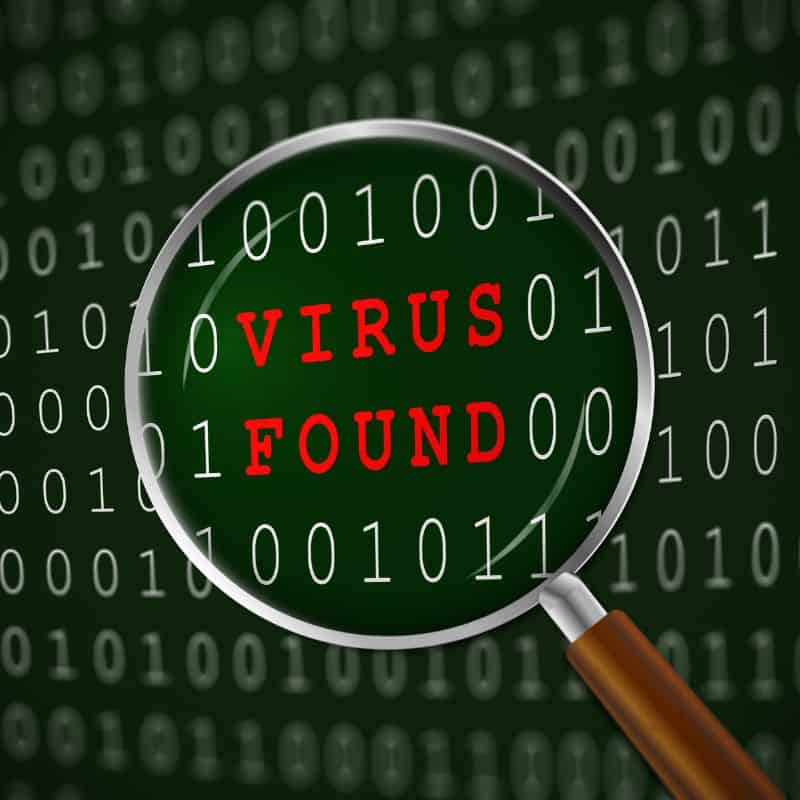Running a medical or wellness facility means prioritizing patient care above all else. However, with the increasing complexity and frequency of cybersecurity threats, ensuring patient data is secure and compliant with regulations has become a critical challenge. If your facility struggles with IT disruptions, compliance concerns, or data protection, you’re not alone. Discover how specialized healthcare cybersecurity support can transform your practice’s technology strategy and protect your patients’ sensitive information.
Data Security & Compliance
In healthcare, compliance with standards such as HIPAA and HITECH isn’t optional, it’s mandatory. Specialized cybersecurity solutions can:
- Implement secure data storage and access controls
- Encrypt sensitive communications, emails, and patient records
- Continuously monitor systems to quickly identify and respond to potential breaches
According to a report by IBM Security, healthcare data breaches cost organizations an average of $10.93 million per incident (IBM Cost of a Data Breach Report, 2024).
Comprehensive Technology Infrastructure Management
Your medical or wellness practice’s IT infrastructure is the backbone of your operation. Effective cybersecurity partners manage:
- EHR (Electronic Health Records) systems
- Secure Wi-Fi networks
- Server performance and reliability
- Staff tech support across multiple locations
Proactive monitoring prevents downtime, ensuring your operations run smoothly 24/7 without interruptions.
Cloud Solutions & Remote Care Support
With the rise of telehealth and remote patient management, secure remote solutions are essential. A healthcare cybersecurity provider will:
- Configure secure telehealth communication platforms
- Manage cloud-based EHR and scheduling platforms
- Establish robust mobile device management and security policies
Recent statistics show a 38% increase in telehealth services usage since 2023, highlighting the growing necessity for secure remote patient care solutions (American Telemedicine Association, 2024).
Cybersecurity & Threat Prevention
Medical facilities face unique cybersecurity risks such as phishing attacks, ransomware, and unauthorized data access. An effective cybersecurity strategy includes:
- Regular vulnerability assessments
- Simulated phishing tests to train staff
- Enterprise-grade firewall and antivirus solutions
Preventing cyber threats protects your facility’s reputation and avoids costly downtime.
Staff Training & Long-Term Strategic Support
An informed team is your first line of defense against cybersecurity threats. Regular cybersecurity training ensures:
- Staff awareness of phishing and other cyber threats
- Improved ability to detect and respond appropriately
Additionally, strategic technology planning with a virtual CIO ensures your technology infrastructure grows securely and efficiently alongside your practice.
Checklist: Identify Your IT & Cybersecurity Needs
Evaluate your current IT status with this quick assessment:
- Reliable backup and disaster recovery plan
- HIPAA-compliant patient data and systems
- Minimal downtime from technology failures
- Confidence in your cybersecurity measures
- Staff trained in cybersecurity awareness
- Current software and hardware
- Efficient cloud management
- Vendor and partner IT security
If you’ve checked two or more boxes, it’s time to partner with a dedicated healthcare cybersecurity provider. Reach out today for a complimentary consultation!
Frequently Asked Questions (FAQ) About Healthcare Cybersecurity
Q: Why is cybersecurity critical for healthcare facilities?
A: Cybersecurity is vital to protect patient information, maintain regulatory compliance (e.g., HIPAA), and prevent disruptions in patient care due to data breaches or system downtime.
Q: What does HIPAA compliance involve?
A: HIPAA compliance requires secure management of patient data through encryption, access controls, regular audits, and rapid response plans for data breaches.
Q: How often should staff receive cybersecurity training?
A: Staff should receive regular cybersecurity training at least quarterly to stay informed about evolving cyber threats and how to recognize and mitigate them.
Q: What are common cybersecurity threats to healthcare providers?
A: Common threats include phishing scams, ransomware attacks, unauthorized access, and vulnerabilities in telehealth platforms or patient portals.




